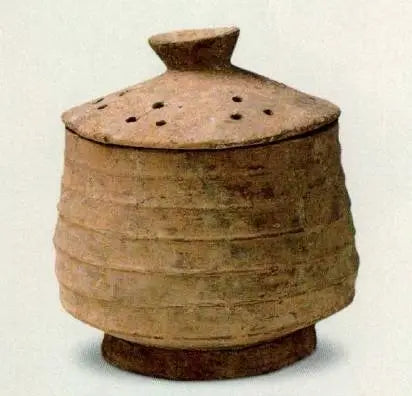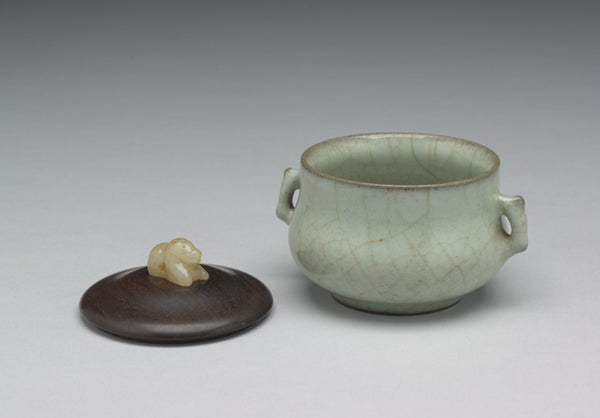Don't miss our holiday offer - up to 50% OFF!
The Timeless Censer: History, Symbolism, and Spiritual Connection
Explore the timeless censer: its history, symbolism, and spiritual significance across cultures. Discover how this sacred vessel connects humanity to the divine through incense and prayer.
The Timeless Censer: A Journey Through History, Symbolism, and Spiritual Connection
From ancient temples to modern-day churches, the censer has been a silent yet powerful participant in humanity’s spiritual journey. This vessel, designed to burn incense, has transcended time and culture, becoming a symbol of devotion, purification, and connection to the divine. In this article, we’ll explore the rich history, diverse uses, and profound significance of censers across the globe.
What is a Censer?
Imagine a vessel that carries not just incense but the prayers and hopes of countless worshippers. That’s the essence of a censer. At its core, a censer is a container used to burn incense, often in religious or spiritual ceremonies. While it’s most commonly associated with Catholicism, its use spans across cultures and religions, from Buddhism to Judaism.

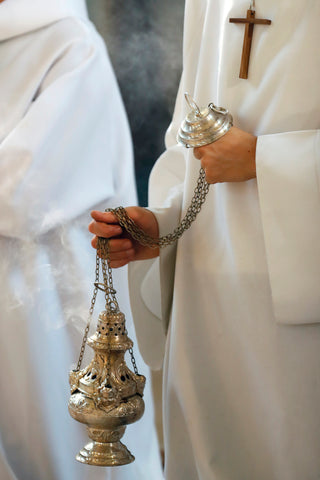
The word “censer” is often used interchangeably with “incense burner,” though it’s important to note the distinction. A censer is typically associated with sacred rituals, while an incense burner might be used for more general purposes.
Pro Tip: Don’t confuse “censer” with “censor” (suppressing media) or “censure” (severe disapproval). These words may sound similar but carry entirely different meanings.
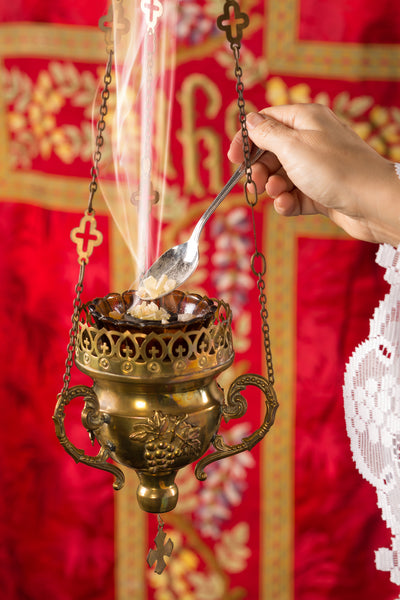
The Evolution of the Censer: A Brief History
The term “censer” first appeared in English in the 13th century, though its use dates back much further. In ancient times, censers were crafted from simple materials like clay, evolving into intricate metal and ceramic designs as civilizations advanced.
Censer vs. Thurible: What’s the Difference?
While all thuribles are censers, not all censers are thuribles. A thurible is a specific type of censer, often made of metal and hung from chains, allowing it to be swung during ceremonies. This design is particularly prominent in the Latin Church, a branch of Catholicism.
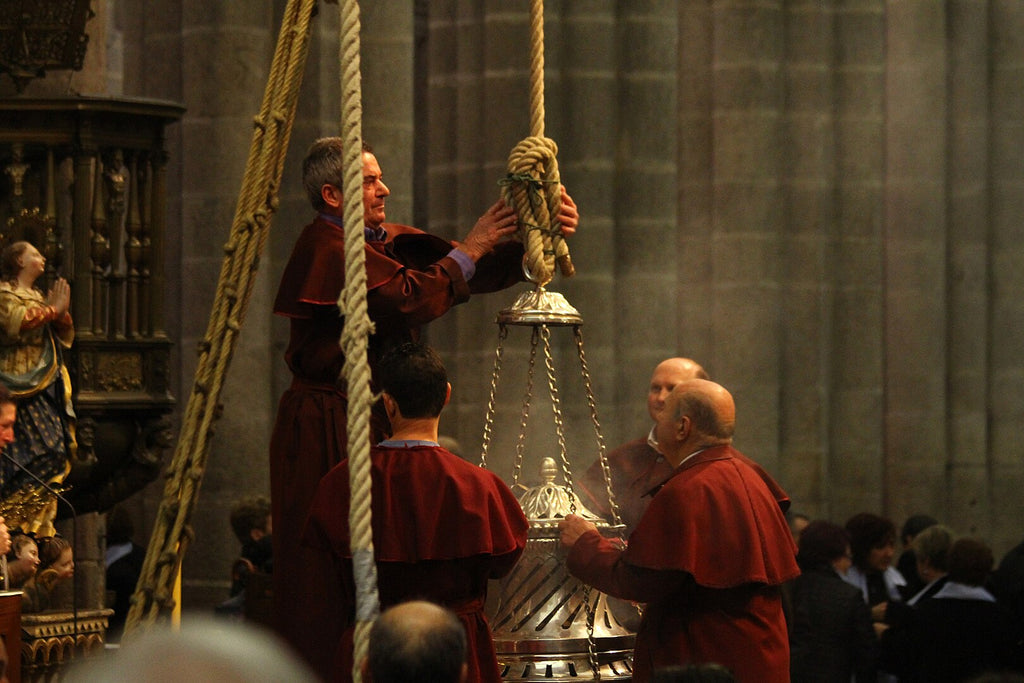
One of the most famous thuribles is the Botafumeiro in Spain’s Santiago de Compostela Cathedral. Standing over 5 feet tall and weighing 110 pounds, it’s a breathtaking sight in motion.

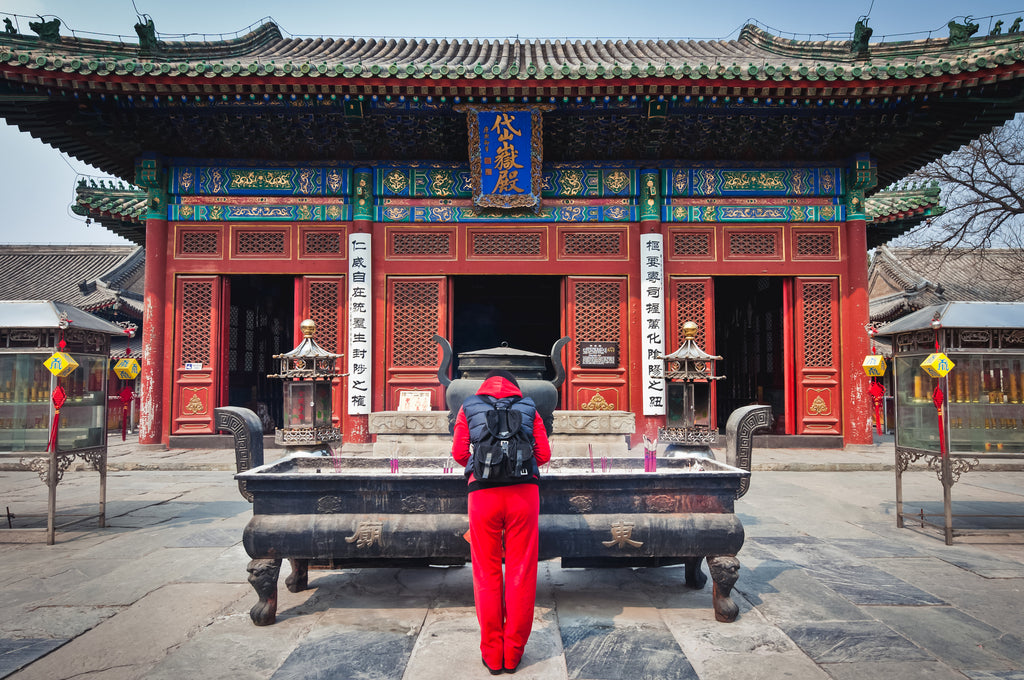
The Art of Burning Incense: Types and Techniques
Censers come in two main types: swinging and stationary.
Swinging Censers
These are often used in Christian and Catholic ceremonies. Hot coals are placed inside the censer, and incense grains are added to produce fragrant smoke. The swinging motion aerates the coals, ensuring a steady burn.
Stationary Censers
Common in Buddhism, Taoism, and Hinduism, these censers are designed for incense sticks or cones. They’re often large and prominently placed in temples, where they burn continuously from morning to night.
The Symbolism of Censers: A Bridge Between Earth and Heaven
Across cultures, the rising smoke from a censer symbolizes prayers ascending to the divine. It’s a tangible representation of the connection between the earthly and the spiritual realms.
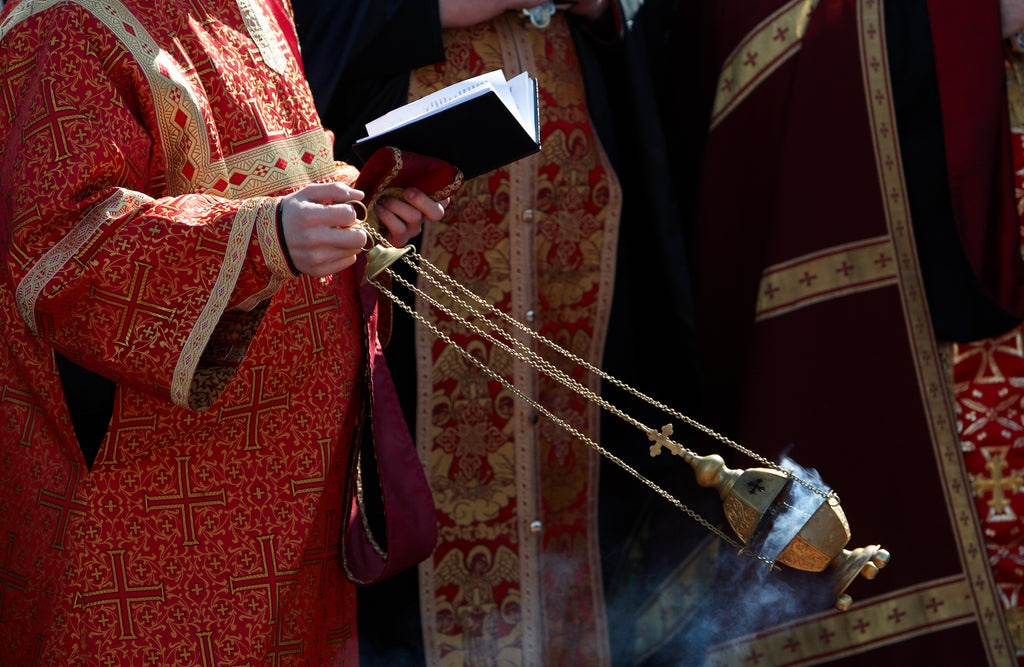
Censers in Christianity and Catholicism
In Catholic Mass, the use of incense is meticulously detailed in the Roman Missal. The timing and number of swings are specified, adding a layer of ritualistic precision to the ceremony.
Censers in Judaism
Known as “ketoret,” incense offerings were a vital part of ancient Jewish rituals. Today, while physical incense burning is rare, the recitation of ketoret verses remains a cherished practice.
Censers in Buddhism, Taoism, and Shinto
In these traditions, incense is a tool for purification and meditation. Large censers are a common sight in temples, where worshippers light incense sticks as offerings.
Censer Variations: Materials and Designs
Censers are as diverse as the cultures that use them.
Materials
From gold and silver to bronze and ceramic, the materials used reflect the economic and artistic trends of the time. For example, Tang dynasty censers in China were often made of gold, while Song dynasty designs favored minimalist ceramic styles.
Shapes
Censers come in a variety of forms, from simple pots to elaborate architectural designs. Each shape is crafted to enhance the burning process while adding aesthetic value.
The Practical Side of Censers
Beyond their spiritual significance, censers have historically served practical purposes. The antibacterial properties of incense smoke helped purify the air, especially in crowded places of worship.
Conclusion: The Enduring Legacy of the Censer
From ancient rituals to modern ceremonies, the censer has remained a steadfast symbol of humanity’s spiritual aspirations. Whether crafted from humble clay or gleaming gold, these vessels continue to carry our prayers and hopes to the heavens.
Call to Action: Ready to explore the world of incense and censers? Dive deeper into our guide to burning incense sticks or discover the benefits of incense in your daily life.
Frequently Asked Questions
What is a censer used for?
A censer is a vessel used to burn incense, primarily in religious and spiritual ceremonies.
How does a censer work?
Censers are designed to burn incense, either by placing hot coals inside (for swinging censers) or by holding incense sticks (for stationary censers).
What does a censer symbolize?
The rising smoke from a censer symbolizes prayers ascending to the divine, representing the connection between the earthly and spiritual realms.
What materials are censers made from?
Censers are crafted from a variety of materials, including gold, silver, bronze, and ceramic, depending on cultural and historical contexts.
By understanding the history and significance of censers, we gain a deeper appreciation for their role in our spiritual lives. Whether you’re a seasoned practitioner or a curious newcomer, the world of censers offers a fascinating glimpse into humanity’s quest for connection and meaning.

